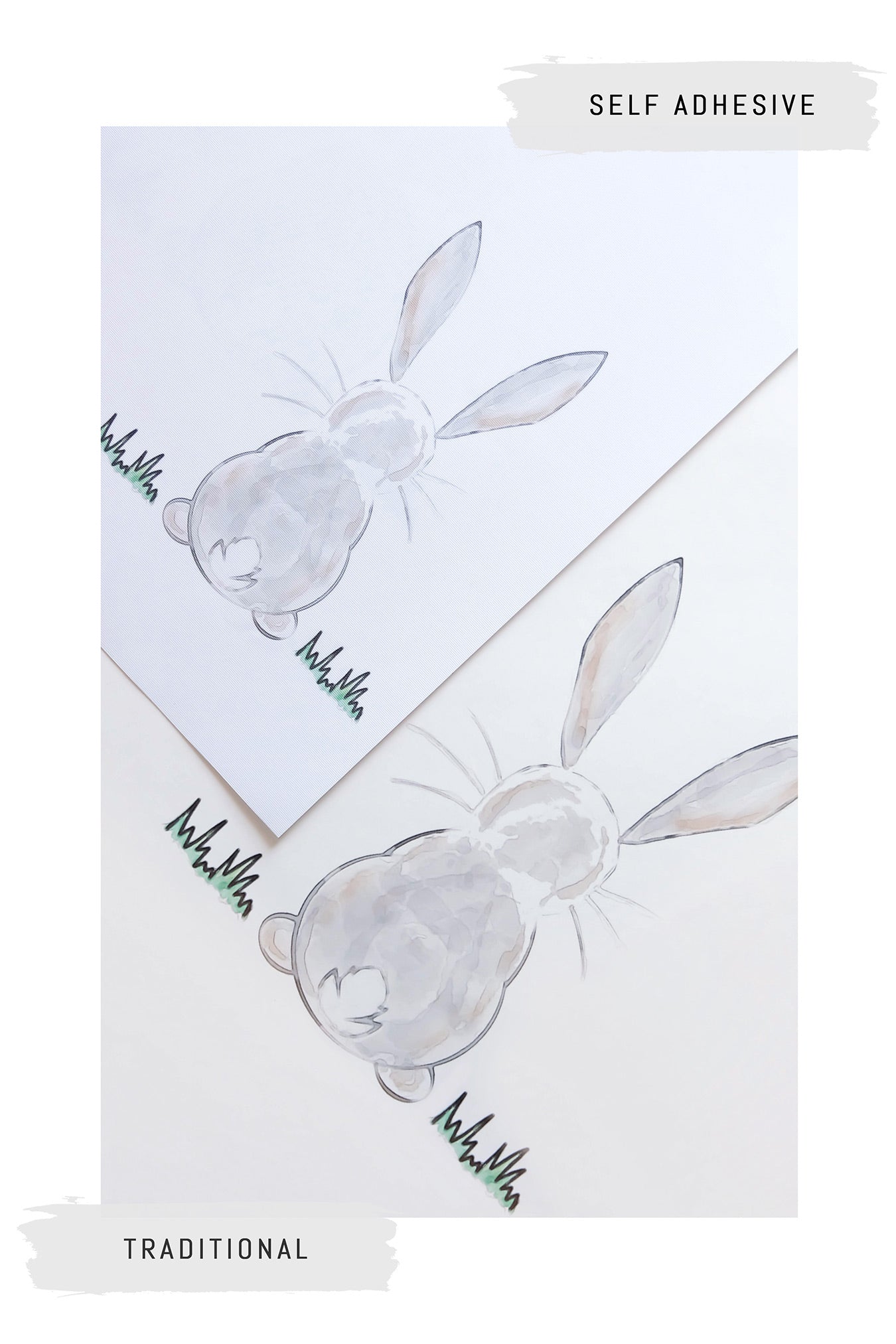
Application
The first point is quite obvious. Removable wallpaper also known as peel and stick wallpaper basically explains itself here. In simple terms, peel and stick wallpaper works like a giant textured sticker on your walls that doesn't require paste and that you can remove. The peel and stick wallpaper (that is also removable) backing consists of two parts: the vinyl wallpaper itself and the backing paper. To install this type of removable wallpaper, you gradually peel back the backing paper while you create small pressure and apply the wallpaper on your wall.
This peel and stick wallpaper method can be a temporary solution to your walls compared to traditional wallpapers. Non woven wallpaper is another wallpaper type, but the removal process of peel and stick wallpaper is easier than non woven wallpaper, and it's designed to be a temporary wallpaper for your wall. Be cautious of air bubbles during wallpaper application on your wall.

With traditional wallpaper, it is a different story than with removable peel and stick wallpaper. To apply this type of wall wallpaper, you will need glue for non-woven wallpapers, and here's another twist: the paste has to be applied to the wall instead of the entire panel. Each panel requires paste individually to prevent it from drying out during installation. This method works well with various wallpaper types, especially for high traffic areas as a long-term interior design solution that will definitely last more than a year. With its durable paper nature, wallpaper is a permanent option in interior design that can be DIY friendly.

Texture and finish
There are also differences in the appearance. The peel and stick wallpaper is a fabric-based textile, so the removable wallpaper accordingly has a fabric surface. At first glimpse, it is actually not very noticeable, it is quite difficult to see, however, it is there. The traditional wallpaper, on the other hand, is a non-woven paper-based material that has no grain whatsoever. It's completely smooth paper. When deciding on the choice for your walls, consider that one common feature for both types is the matte finish. Typically, removable wallpaper offers an alternative for those specific needs where traditional wallpaper might not be the best choice due to mess, paste requirements, or durability, especially in rooms like bathrooms. When hanging wallpaper, the biggest issue might be the paste drying process, which is not required with removable options. While traditional wallpaper requires paste and it is too late to apply when paste dries, removable wallpaper creates less mess and is easy for surfaces intended for a temporary change because the process of peeling of the removable wallpaper is easy. Additionally, the quality and textures of each type can be suited to different needs and rooms.

Colors

Pattern scale
As the example below perfectly demonstrates, the pattern scale is also not the same on both materials. This discrepancy occurs because the standard width of wallpaper types, including removable wallpaper and peel and stick wallpaper, is different. Essentially, the pattern is designed for a 19” panel and then stretched to fit a 25” panel. Thus, on traditional wallpaper with self-adhesive backing or non-woven wallpaper, the pattern appears larger in scale. When applying wallpaper with adhesive backing, such as peel and stick removable options, it is intended to be easily applied and removed from various wall surfaces, including textured ones, without requiring paste that dries. Bubbles can be avoided when applying to ensure a smooth finish.



